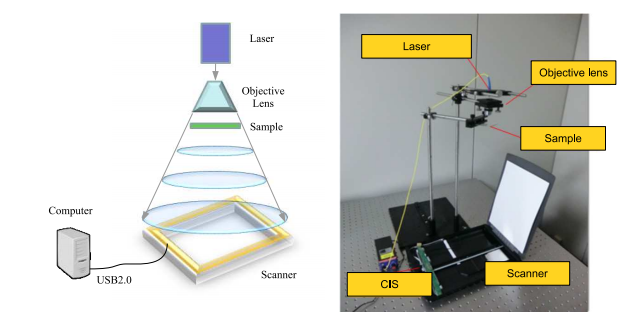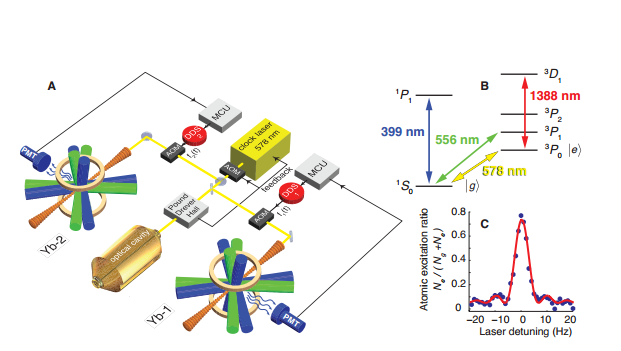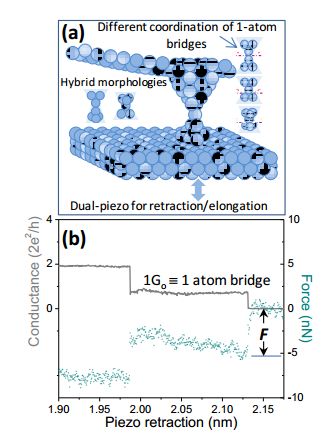- The Extraordinary "Disco Ball" Now Orbiting Earth
- The Quantified Brain of a Self-Tracking Neuroscientist
A neuroscientist is getting a brain scan twice every week for a year to try to see how neural networks behave over time.
Russell Poldrack, a neuroscientist at the University of Texas at Austin, is undertaking some intense introspection. Every day, he tracks his mood and mental state, what he ate, and how much time he spent outdoors. Twice a week, he gets his brain scanned in an MRI machine. And once a week, he has his blood drawn so that it can be analyzed for hormones and gene activity levels. Poldrack plans to gather a year’s worth of brain and body data to answer an unexplored question in the neuroscience community: how do brain networks behave and change over a year?
- Stories from Around the Web (Week Ending May 31, 2013)
A roundup of the most interesting stories from other sites, collected by the staff at MIT Technology Review.
Anatomy of a Hack: How Crackers Ransack Passwords
This is exceptionally geeky but smartly done, because it shows in a memorable way how passwords get cracked.
—Brian Bergstein, deputy editor - How Better Place Came to a Bitter End
A battery-swapping startup’s innovative system for charging electric vehicles suffered from overreach and limited consumer demand.
Better Place, which raised some $850 million to build a charging infrastructure for electric cars, said this week it will liquidate its assets after failing to find more financing. It’s the end to a bold effort to wean the world from oil by innovating with software and business models, rather than with electric vehicle technology itself.
- The Dictatorship of Data
Robert McNamara epitomizes the hyper-rational executive led astray by numbers.
Big data is poised to transform society, from how we diagnose illness to how we educate children, even making it possible for a car to drive itself. Information is emerging as a new economic input, a vital resource. Companies, governments, and even individuals will be measuring and optimizing everything possible.
- Tesla's Superchargers Matter Only Because It Already Sells a Car People Want
Better Place got it wrong: First make a car that people want, then build infrastructure to let them drive it cross-country.
Tesla Motors, whose stock price has soared in recent weeks after a series of positive announcements, once again made news today with details of its plan to extend and upgrade the performance of its fast-charger network. Within a year, the network will allow drivers to travel cross-country in the company’s electric Model S, stopping every few hours for a 30-minute charge that adds 200 miles of range to the vehicle. Tesla has doubled the rate at which it’s building its fast-charger stations and, by upgrading the charging technology, cut charging times in half. Within a year, well-travelled corridors will have fast charge stations every 80 miles or so, close enough to avoid the sort of problems that arose during a recent test-drive of Tesla’s current charging system, in which a New York Times reviewer ran of battery power during a poorly planned trip. If the network proceeds as planned, it will go a long way to addressing one of the key issues with electric cars—their limited range.
- Seven Must-Read Stories (Week Ending May 31, 2013)
- Does Motorola’s X Phone Pack a Better Battery?
The Moto X phone will constantly monitor its position, motion, and more to track its owner’s activity. Will its battery life suffer?
Motorola CEO Dennis Woodside spoke yesterday at the D11 conference about an upcoming smartphone called the Moto X that constantly uses its onboard sensors to figure out where it is and what its owner is doing. He didn’t fully explain how Motorola can do that without reducing the device’s battery life to less than that of smartphones that don’t try to follow their owner’s context, though.
- Are Your Grades Written in Your Genes?
A large genetic study finds gene variants with a subtle effect on scholastic achievement.
A study published on Thursday in Science reports that certain gene variants can affect how long someone stays in school.
Digest powered by RSS Digest







